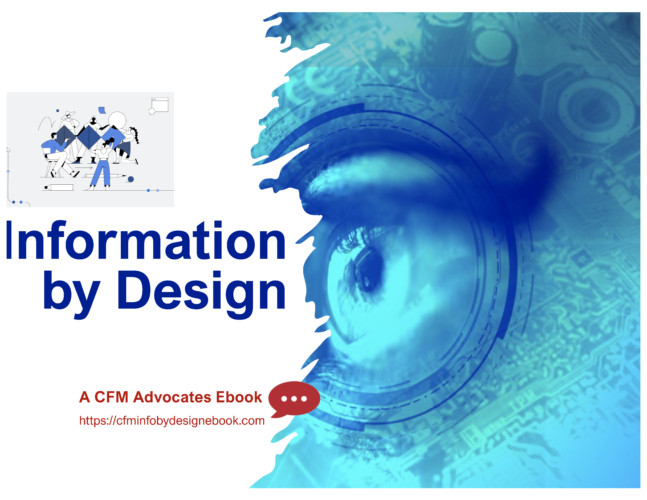
A recent blog traced the increasing importance of unique wine packaging to engage potential customers. Packaging plays an equally important role in presenting information and any type of content.
“Tradition plays an influential role in how wineries package their product for consumers,” according to Wine Industry Network. “The shape of the bottle signifies the type of wine inside. Labels communicate the varietal, appellation, alcohol content and, most critical to the winery, the brand. These constants have begun to change.”
Plastic stoppers and screw tops have replaced corks. Wine comes in single-serve cans or in non-conventional bottle shapes. Wine labels do more than describe the vintage; they tell a winery’s story. Label art is geared to different age groups of wine drinkers.

Wine packaging, explains wine marketer Dennis Sones, is all about convincing a potential customer to pick up the bottle or can. “It’s your first handshake with the consumer. Many marketing people say if a consumer picks up your bottle, they are 80 percent sold.”
Wine and information have a lot in common. Appealing packaging is the “first handshake” for informational content.
Information design, like wine bottles, has been around a long time. Just a different shaped wine bottle differentiated champagne from port wine, traditional design formats were a signal to readers of The New York Times, Time magazine or hundreds of other publications.
The digital age has splintered the content universe, but the need for distinctive information design hasn’t gone away. In social media, for example, design and content are virtually inseparable. You recognize Twitter tweets, Facebook posts and Instagram stories, especially those that leverage the native benefits of each platform.
The value of information design goes beyond viewer recognition. Well-designed information packaging makes the content more useful, accessible and valuable. Packaging is not substitute for good content, but it is the way to promote good content.
Just as product packaging builds brand awareness, information design helps your content stand out, so it is easier to find and digest. Effecting packaging highlights the purpose of a product and its distinctive characteristics. Information design serves the same clarifying purpose for content.
The best product packaging offers consumers a reason to choose it over competitors. The same holds true for information design by attracting and directing eyeballs through content that combines words, charts, infographics or images. What someone views is a choice and information designers make the choice easier.
Content designers assist viewers translating a mass of information or complex subject matter. Content designers can be writers, graphic designers, social media pros, photographers and videographers – and typically a combination of those skills. They tend to see information in patterns, typefaces and imagery.
What someone views is a choice and information designers make the choice easier.
Information design has become more prominent for much the same reason wine bottles and labels are being restyled – people, especially younger people, interact with content differently. They prefer visual information and will tolerate written information if the packaging is clear and clean. Visual information isn’t limited to nice pictures and maps. It also includes blending text with other content elements in an eye-pleasing, mind-satisfying manner.
One of my former bosses stressed the importance of élan, or a vigorous spirit, in presenting information. If a content generator isn’t enthusiastic about his or her work product, it will be difficult to capture vigor in how its packaged. In this sense, information design is the enthusiastic animation of subject matter. Well-designed content, like a handsome bottle of wine, is something to celebrate.





